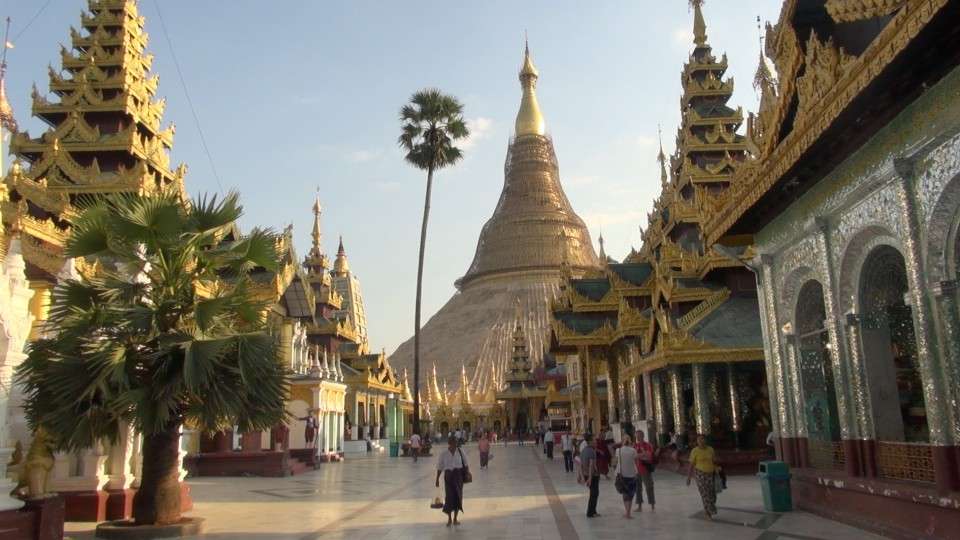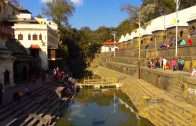Uluwatu Temple
Uluwatu Temple (Balinese: Pura (Luhur) Uluwatu) is a Balinese sea temple (pura segara) in Uluwatu (Kuta South, Badung). The temple is regarded as one of the sad kahyangan and is dedicated to Sang Hyang Widhi Wasa in his manifestation as Rudra.
The temple (pura in Balinese) is built at the edge (ulu) of a 70-meter high cliff or rock (watu) projecting into the sea. In folklore, this rock is said to be part of Dewi Danu’s petrified barque.
Though a small temple was claimed to have existed earlier, the structure was significantly expanded by a Javanese sage, Empu Kuturan in the 11th Century. Another sage from East Java, Dang Hyang Nirartha is credited for constructing the padmasana shrines and it is said that he attained moksha here, an event called ngeluhur (“to go up”) locally. This has resulted in the temple’s epithet Luhur.
The temple is inhabited by monkeys, who are notorious for snatching visitors’ belongings. They can usually be persuaded into trading the items for fruit, although this only encourages them to steal more.
Scientist and experts on primate behaviour have conducted studies on the Macaque monkeys in the area and have collected data suggesting that they learn bartering behaviour. This trade is passed down to the young offsprings. New groups of Macaque monkeys introduced into the area quickly adapt and learn the new skill from the locals.
It is a long way to get to, and the final view of the temple is not impressive. The coastal views make up for what isn’t here.






